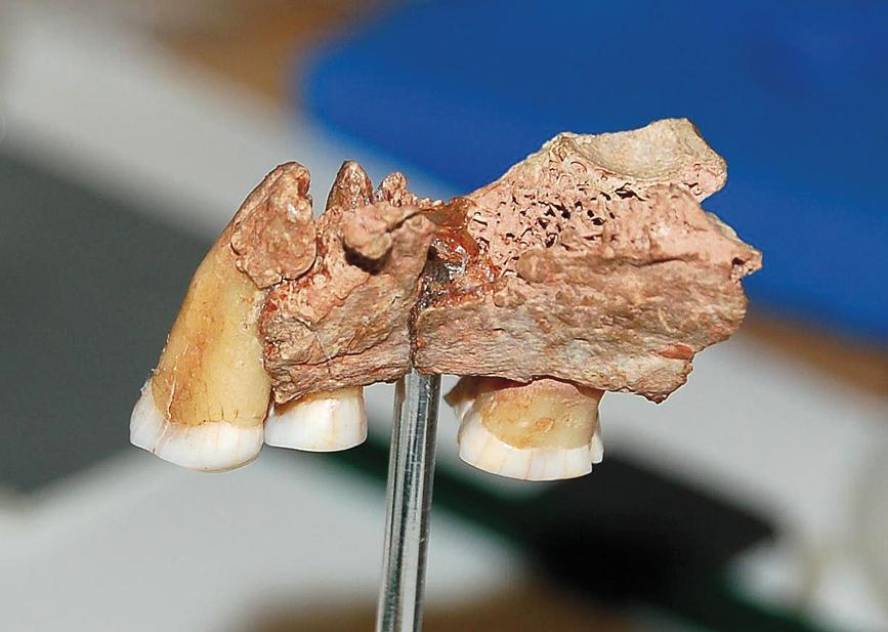Identify the main human traces of Europe

Modern man arrived in western Europe at least 41,000 years ago, according to two independent studies published in the journal Nature. Two remains found in Italy and on the southern coast of England and classified as remains of Neanderthals have been revised and conclude that they are the most modern humans. It is therefore the oldest human remains found in Europe, which would indicate that modern man and Neanderthal lived together for thousands of years in Europe.
The researchers suspected that modern man arrived in Europe at least 42,000 years ago, because this is suggested by the instruments found in different places (only Homo sapiens could make such complex tools). However, the oldest human remains found in Europe to date were about 37,000 years ago. Therefore, researchers have had a great debate to clarify the time that there were in Europe men and Neanderthals (30,000 years ago disappeared).
The Italian ruins are two child teeth, found in the cave of Grotta del Cavallo. Finding them, the researchers concluded that they were the most Neanderthal. However, they have now been revised with other morphometric methods, and the team of researchers led by a paleoanthropologist at the University of Vienna claims they are from modern man.
In England, researchers from the University of Oxford and the National Laboratory have redated the remains of animals found in the cave of Kents Cavern next to a human jaw and concluded that they are between 41,000 and 45,000 years old.





